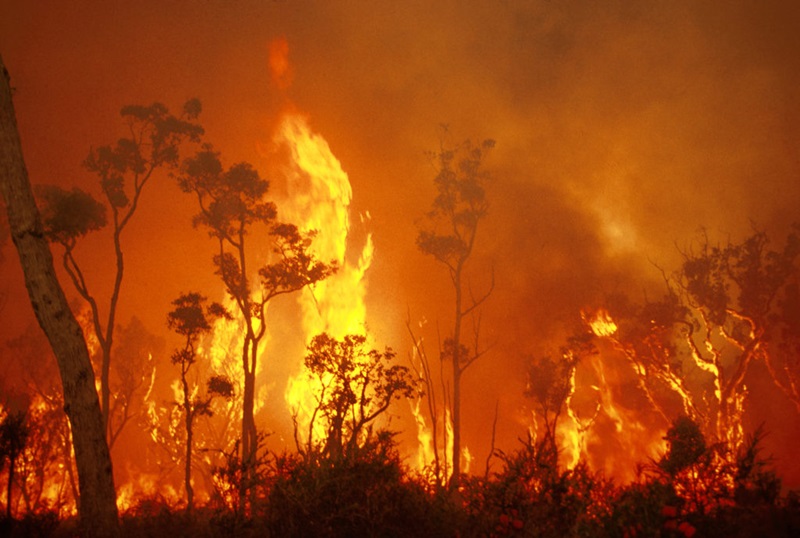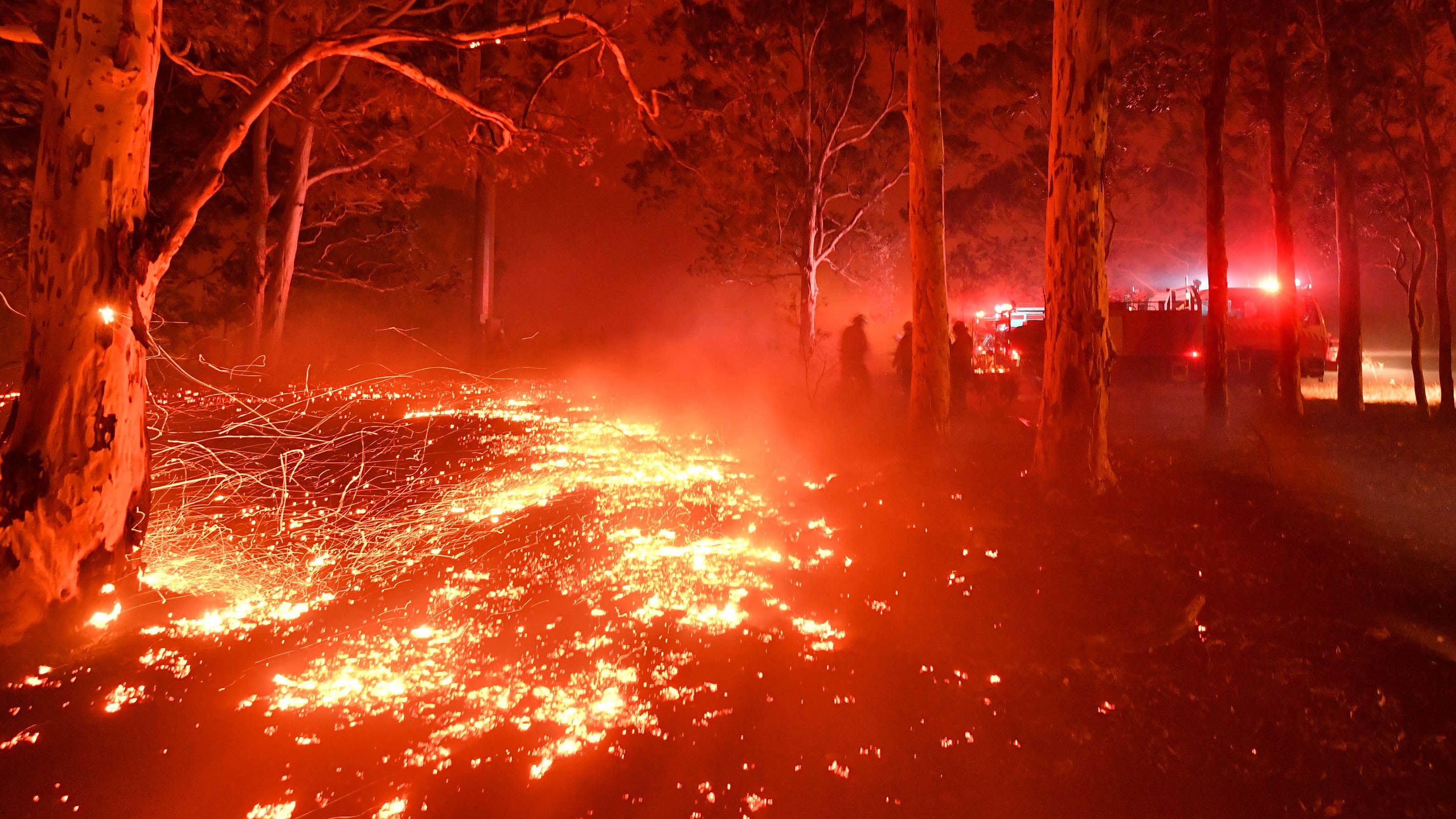Comprehending the Significance of a Thorough BAL Assessment Report
Comprehending the Significance of a Thorough BAL Assessment Report
Blog Article
The Value of Bushfire Management in Fire Protection
In the realm of fire security, the significance of effective bushfire monitoring can not be understated. As communities worldwide face raising circumstances of wildfires, the positive technique to avoid and minimizing these all-natural disasters through tactical bushfire management strategies has actually arised as a vital component. Past the immediate threat to human life and residential or commercial property, the interaction in between bushfire monitoring and environmental conservation, neighborhood involvement, and environment adjustment poses intricate difficulties that demand thorough options.
Significance of Proactive Bushfire Avoidance
Positive bushfire avoidance approaches are crucial in alleviating the devastating effects of wildfires on communities and ecosystems. By taking preventative measures before a bushfire takes place, the dangers connected with these all-natural disasters can be dramatically decreased. One essential aspect of proactive bushfire avoidance is fuel monitoring. This includes decreasing the amount of combustible material, such as dead vegetation and completely dry leaves, that can serve as fuel for fires. Gas monitoring strategies include suggested burns, where controlled fires are intentionally lit to lower the build-up of flammable material.
In addition, developing firebreaks - cleared areas where plant life is strategically gotten rid of to create a barrier to stop the development or slow down of a bushfire - is one more important proactive measure. By executing these methods, the spread of wildfires can be limited, securing both human lives and the atmosphere. Moreover, informing the public on fire safety and security techniques and promoting neighborhood awareness about the significance of bushfire prevention are crucial elements of proactive strategies. Eventually, proactive bushfire avoidance plays a substantial function in protecting communities and communities from the damaging effects of wildfires.
Duty of Area Engagement in Fire Defense
Involving the area in fire defense efforts is integral to enhancing the performance of proactive bushfire prevention approaches. Neighborhood involvement plays a vital role in promoting a collective understanding of the threats posed by bushfires and the value of readiness steps. By involving local homeowners, authorities can disseminate crucial information ablaze safety and security practices, emptying treatments, and very early warning systems, equipping people to take proactive steps to protect their lives and properties.
Additionally, area involvement initiatives help construct strength within neighborhoods, fostering a sense of unity and shared responsibility in mitigating fire risks. With workshops, training sessions, and area occasions, homeowners can find out just how to create defensible areas around their homes, decrease fire fuel lots, and identify potential risks. By promoting a culture of preparedness and partnership, neighborhoods can enhance their capability to respond effectively to bushfire emergencies, lessening the effect on lives and homes. Inevitably, community involvement is a keystone of thorough fire defense methods, highlighting the importance of cumulative action in safeguarding vulnerable locations from the hazard of bushfires.
Importance of Wildlife Preservation in Bushfire Administration
Conservation of wildlife plays an essential function in effective bushfire monitoring strategies, making certain the security of varied ecological communities and biodiversity in fire-prone regions. Wild animals conservation is important as it adds to the total resilience of communities, assisting in their ability to recover and endure from the influence of bushfires. By conserving environments and shielding various types, the natural equilibrium within these communities is kept, which is vital for their lasting health and sustainability.
Moreover, wildlife article preservation likewise aids in decreasing the danger and intensity of bushfires. Healthy environments with unspoiled wildlife populations can act as natural firebreaks, decreasing the spread of fires and restricting their destructive capacity (BAL Assessment). Specific pet varieties, like delving pets or birds that spread seeds, play distinct duties in preventing fires or aiding in the post-fire regeneration of habitats
Integrating wildlife preservation into bushfire administration approaches is not just essential for safeguarding biodiversity but also for advertising the overall health and resilience of communities in the face of enhancing fire hazards.
Benefits of Strategic Fuel Reduction Programs
Strategically applying gas reduction programs is important in mitigating the threat and impact of bushfires in fire-prone areas. These programs involve controlled burning, mechanical clearing up, and various other techniques to reduce the quantity of flammable vegetation available to fuel wildfires. By purposefully reducing gas lots in vital locations, such as near property communities or crucial facilities, the intensity and spread of bushfires can be dramatically reduced.
One of the main benefits of fuel reduction programs is the enhancement of general fire resilience in an ecological community. By producing critical fuel breaks and lowering the continuity of plants, these programs aid to disrupt the course of a bushfire, making it much easier for firemans to include and extinguish the blaze. Furthermore, gas reduction programs can safeguard biodiversity by protecting against exceedingly extreme fires that can devastate habitats and endanger wild animals populaces.
Moreover, these programs can also protect human lives and home by reducing the danger of catastrophic fires that position a substantial threat to communities. Eventually, strategic gas decrease programs play a crucial role in positive bushfire management and promoting a more secure setting for both individuals and nature.
Impact of Climate Adjustment on Bushfire Threat

Greater temperatures lead to drier plant life, making it more at risk to ignition. Minimized rainfall in particular regions extends drought conditions, additionally raising the flammability of the landscape. Additionally, more helpful hints the altering environment has changed wind patterns and climatic problems, resulting in even more irregular fire habits and fast fire spread.
As the climate remains to transform, the frequency and intensity of bushfires are anticipated to rise, necessitating a positive and flexible approach to bushfire administration. Methods have to evolve to account for the changing risk landscape, integrating climate forecasts and taking into consideration lasting strength in fire management preparation. Addressing the impact of climate change on bushfire risk is vital in creating reliable approaches to shield lives, residential property, and the atmosphere.
Final Thought
In verdict, positive bushfire prevention, community engagement, wild animals preservation, critical gas reduction programs, and consideration of climate adjustment are critical elements in effective fire protection. By applying these methods, we can better manage bushfire dangers and safeguard both human lives and the environment. BAL Assessment. It is vital that stakeholders interact to prioritize these steps to minimize the devastating impact of bushfires on areas and environments

As the environment continues to change, the regularity and strength of click to find out more bushfires are expected to climb, demanding a adaptive and proactive strategy to bushfire administration.In final thought, aggressive bushfire avoidance, neighborhood engagement, wild animals preservation, tactical gas decrease programs, and consideration of environment modification are important components in reliable fire protection.
Report this page